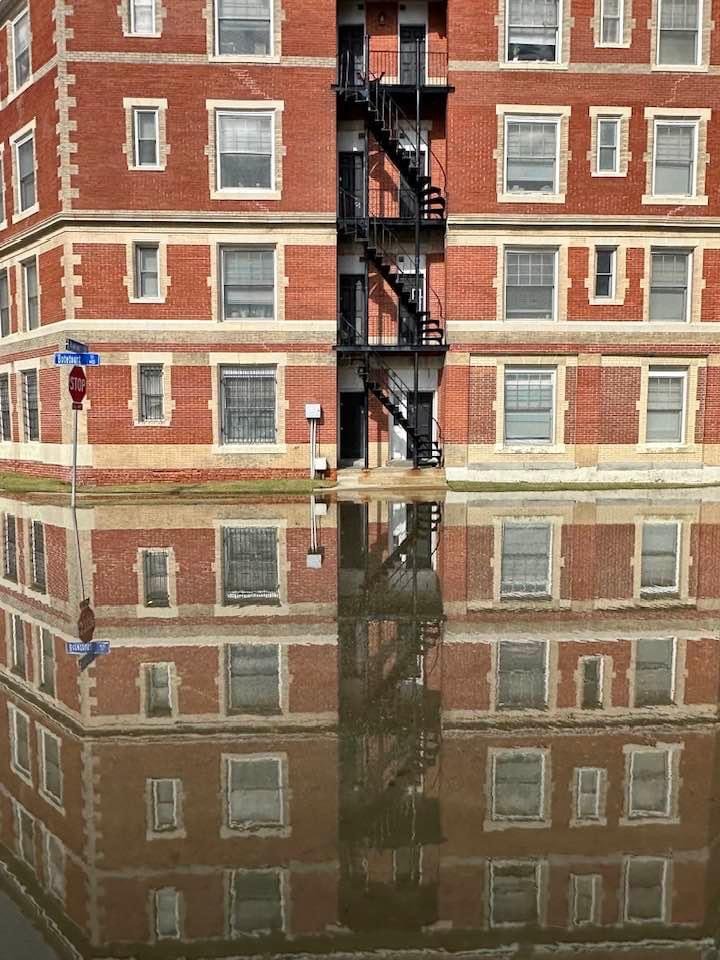
National Flood Insurance Program: Risk Rating 2.0
Risk Rating 2.0
The National Flood Insurance Program's Risk Rating 2.0 is a massive overhaul of the outdated methodology of rating flood insurance premiums. The big takeaway: rates will no longer be based on Flood Insurance Rate Maps (FIRMS), which were created using a property's elevation within a specific zone as the primary rating variable, but rates will now include multiple risk variables.
This new approach will also bring equity considerations into the NFIP rating methodology, meaning less expensive homes will pay proportionally less than more expensive homes. The regulatory arm of the NFIP has not changed, so all local government minimum standards for regulating within flood zones remain in place.
NFIP Flood Insurance Manual (RR 2.0 update)
Congressional Research Service RR 2.0 Report (Updated December 2021)
New Policy Rating Approach
FEMA's new rating approach uses new data and new science, including catastrophe models, private sector data sets, and actuarial science. The gist: more/better technology and data = a risk informed rating plan. New risk rating variables included in the RR 2.0 methodology:
Building characteristics (foundation types, FULL replacement cost)
Distance to water bodies (different bodies have different risk). Distance to coast = within 50 miles
Elevation of property in relation to flooding source
Drainage
Coastal erosion
The new rates are subject to Congressional guardrails: 18% cap for primary residents & 25% cap for commercial, investment, severe repetitive loss, substantial cumulative damage, & substantial damage/improvement properties and will stop increasing once they reach full risk rates, which could take 10-15 years. According to FEMA, in year one, no policy will cost more than $12,125 annually.
When will policies reach full risk rates?
25% in year 1
50% by year 5
90% by year 10
See RR 2.0 changes via FEMA's interactive map
What can you do to reduce policy rates?
Typically, property owners are advised to mitigate the flood impacts to their property by doing the following:
Install flood vents
Elevate machinery & equipment above the lowest floor
Elevate your structure on piles, piers, or posts
Under Risk Rating 2.0, mitigation professionals have voiced concerns over how the new system factors mitigation actions into rates. Under the old system, mitigate techniques could reduce flood insurance rates by 90%, but professionals report RR 2.0 only allows a 5% rate reduction. This issue is not resolved, but raises concerns that the lack of financial incentives to improve the safety of structures will yield unsafe properties in floodprone areas. In May 2022, FEMA released a guidance document on how flood mitigation is discounted in Risk Rating 2.0.
Incorrectly rated properties will be adjusted automatically and are NOT subject to the Congressional rate caps. There is no way around this and could cause extreme economic hardship to some policyholders. Make sure your property is rated correctly TODAY, so it becomes subject to the premium increase caps under Risk Rating 2.0.


